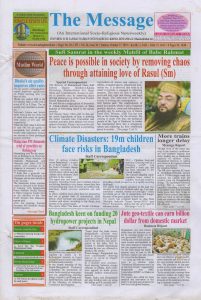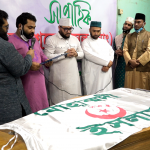Founder of Dewanbag Sharif
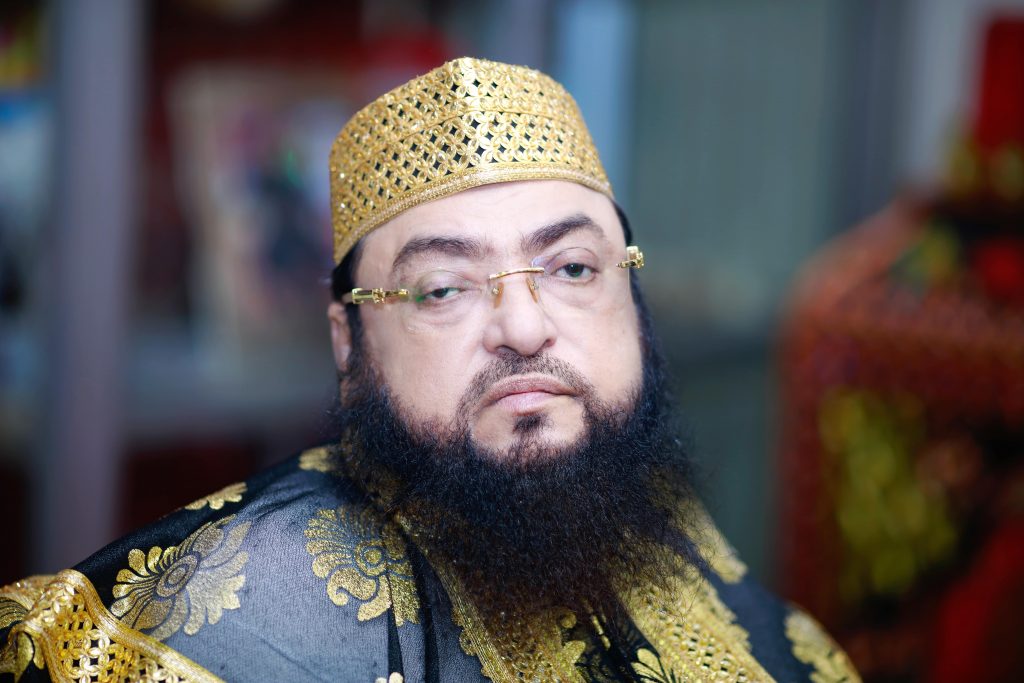
Hazrat Syed Mahbub-E-Khoda (Rh.)
Founder of Dewanbag Sharif
Personal information at a glance
- Father’s Name: Hazrat Alahaj Syed Abdur Rashid Sarkar (Rh.)
- Mother’s Name: Hazrat Syeda Zobeda Khatun (Rh.)
- Date of Birth: Wednesday, 27 Agrahayon, 1356 B.S, 14 December, 1949 in an aristocratic Muslim Syed Family (Lineage of Hazrat Muhammad (PBUH))
- Birth Place: Village- Bahadurpur, Subdistrict- Ashuganj, District-Brahmanbaria
- Ancestry: His ancestors migrated from far-off Madina, Saudi Arabia to Bangladesh via Qatar with a view to preaching Islam. After their migration to Bangladesh, they were given the title ‘Sarkar’.
- Siblings: He is the sixth among six brothers and two sisters and the youngest among brothers.
Biography of Sufi Samrat (Rh.)
The Holy Dream of Sufi Samrat’s Mother
On the night before the birth of Sufi Emperor Hazrat Shah Dewanbagi (Rh.), his mother dreamed that an Eid crescent had appeared in the sky. All the people were rejoicing at seeing the moon. She also came out to see the moon. The moon came down to her lap. Then, she woke up. In this dream, she could sense that Allah would give her a blessed child.

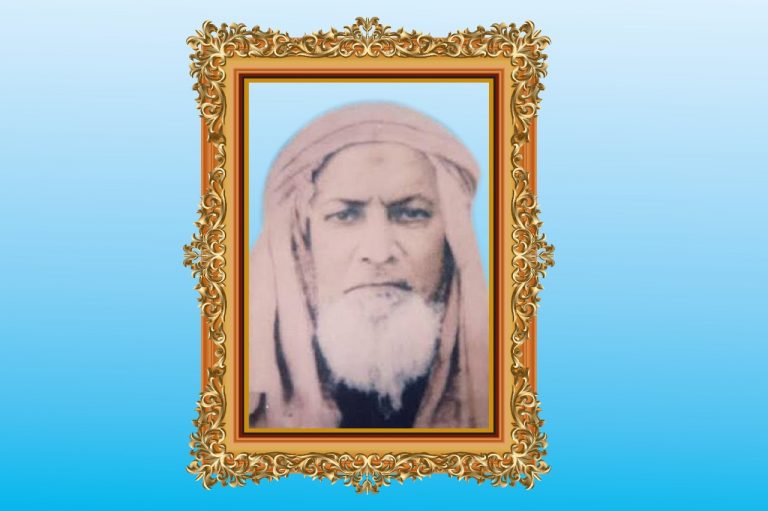
Naming Ceremony
The Aqiqah (naming ceremony) of the Sufi Emperor was arranged on the seventh day of his birth. Mawlana Tajul Islam, an imminent Islamic figure of that time attended that ceremony and named him (Sufi Emperor) Mahabub E Khoda which means beloved of Allah. All the attendees in the ceremony became very pleased hearing the name and said,
“The name is really very meaningful. If he wasn’t someone loved by Allah, Allah wouldn’t have given him such an adorable face.”
Educational Career
Sufi Emperor Hazrat Shah Dewanbagi (Rh.) started his elementary Islamic education at the village maktab (local Islamic institution). Later on, he completed his elementary education with distinction from the nearby Shohagpur Primary School. With an indomitable longing to be a Nayebe Rasul (successor to the Prophet (PBUH)) by receiving Arabic and Islamic education, he got admitted into the renowned Islamic education center Talshahar Karimia Madrasa. As a brilliant student, he passed every level of Madrasa education with scholarship and obtained the highest degree from Alia Madrasa. Sufi Emperor Hujur Qiblajan by dint of his distinct personality and charismatic leadership quality adorned the post of VP of Madrasa Students’ Union till the last day of his student life. During the first phase of the liberation movement in1969, he formed a Students’ Movement Committee with the students of different schools, colleges, and madrasha of Brahmanbaria’s west zone and led it successfully as its president. At that time, he visited different educational institutions and inspirited the students and local people toward the liberation movement by holding meetings with them. Sufi Emperor had a strong attachment to the Awliya-e-Keram in his student life. As a result of it, many Fakirs, Dervishes, and other saintly figures would meet him very often in disguise. At that time, he would very often experience many miracles.
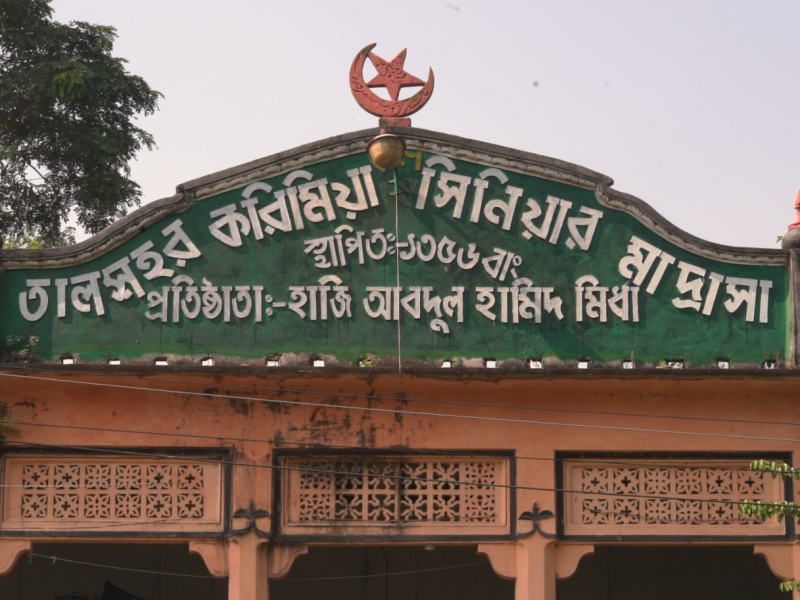
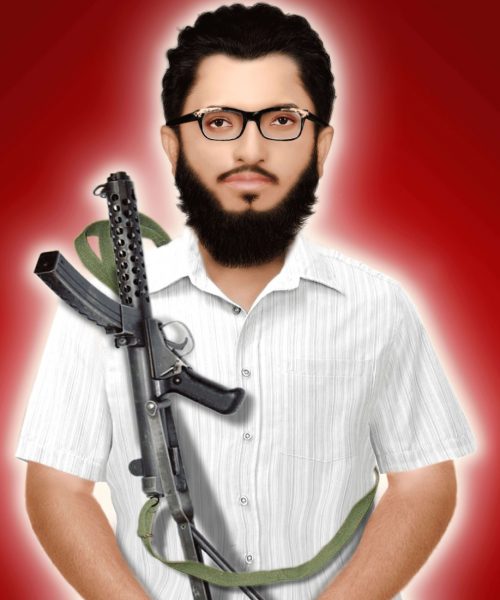
Sufi Emperor As a Freedom Fighter
When the Pakistani Army initiated military crackdown on the innocent Bengalis on 25th March, 1971, Sufi Emperor formed a volunteers’ team with the members of the Students Movement Union and arranged food and refuge for the people driven out by the Pakistani force. Thereafter, he joined the freedom fighters’ camp in Brahmanbaria along with his 72 volunteers to partake directly in the liberation war with arms on 11th April, 1971. In the first few months of the liberation war, he, as the commander of a troop of freedom fighters fought the occupation force valiantly on different fronts under the sector number-3. Afterward, he would conduct the ‘attestation parade’ or oath-taking ceremony at the headquarters of sector number-3 at Hejamura in India. As an Alem (scholarly) freedom fighter, he would encourage the young freedom fighters in the sector headquarters by discussing the significance of the liberation war with them in the light of the Quran and Hadith. During the liberation war, he founded three mosques in different locations in India.
Foretelling the Victory of the Liberation War
Sufi Emperor Hujur Qiblajan led the congregation of Eid al-Fitr prayer held at Hejamara camp on 29th October, 1971. Sufi Emperor at one point of his khutbah (sermon) delivered to the grieved freedom fighters said, “O the Eid crescent! go back to those who are blemishing our mothers’ and sisters’ chastity. “At this, all the freedom fighters present there became emotional to the extent that they started crying profusely and rolling down on the ground feeling the pain of separation from their loved ones back home. Watching this heartrending scene of the freedom fighters Sufi Emperor also became very touched and made that epoch-making speech, “Dear fellow freedom fighters! You will be witnesses. Swear upon Allah, we’ll free our country before the next Bakra-Eid (Eid al-Adha) and I’ll offer Eid prayer with you all in the Racecourse Field (present Sowhorwardy Udyaon) in Dhaka. “Allah, the most exalted mercifully granted his prophecy that day and Bangladesh became independent on 16th December, 1971 after 27 days he had made this prophecy. In reality, after the independence, he led the Eid al-Adha prayer participated by all freedom fighters from all the sectors in the Racecourse Ground (present Suhrawardy Udyan) on 26th November, 1972 and conveyed endless gratitude to Allah.
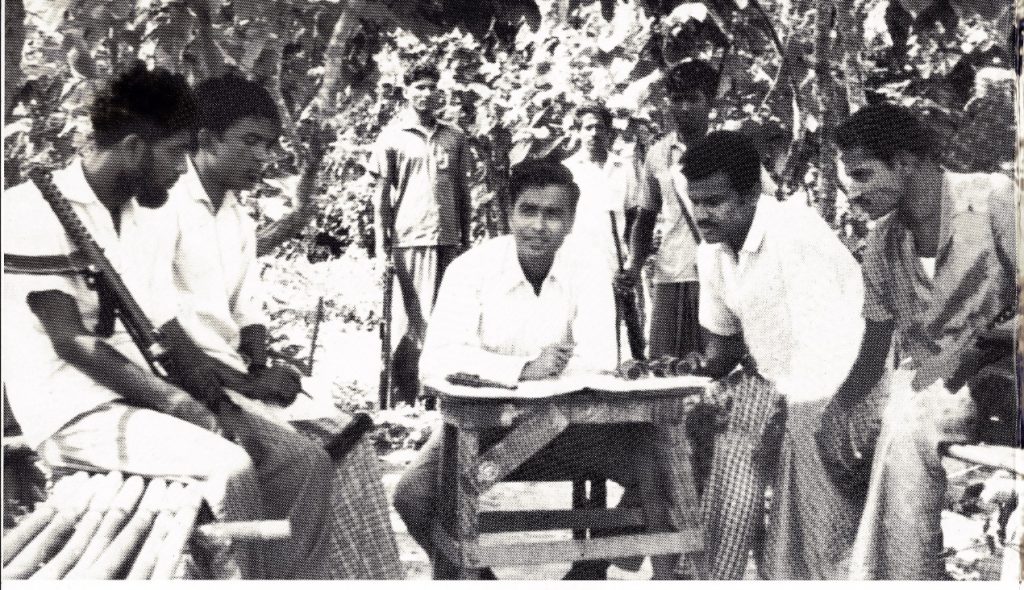

Joining Bangladesh Army as a Religious Teacher
As Sufi Emperor was an Alem freedom fighter, after the independence he joined the newly formed 16 Bengal regiment of Bangladesh Army as a religious teacher in 1972 at the request of K.M Shafiullah, commander of the sector number-3, subsequently the Chief of Bangladesh Army. At that time, he wholeheartedly devoted himself to the research work of the holy Quran and Hadith. As Sufi Emperor would address different Tafsir Mahfil at that time, his name and fame as a wise Mufasser (explanator of Quran) also spread far and wide in the cantonment. He was the leading religious teacher of all the regiments in the then Bangladesh Army.
Knowing the Identity of Murshid
Sufi Emperor Hujur Qiblajan embraced bayat (vow of spiritual allegiance) to Imam Syed Abul Fazal Sultan Ahmad Chandrapuri (Rh.), the greatest friend of Allah of that time on 6th January, 1974. Sufi Emperor came to his Murshid’s darbar again on 23rd February, 1974 to attend the annual celebration of Urs. At that very first sight, Imam Shah Chandrapuri (Rh.) instantly could recognize him (Sufi Emperor) that he would be his well-deserved successor. Later on, mam Shah Chandrapuri (Rh.) married off his youngest daughter Syeda Hamida Begum (Rh.) to Sufi Emperor Hujur Qiblajan to get him always in his nearness. After taking initiation into Tariqa, Sufi Emperor Hujur Qiblajan devoted himself fully to worship and spiritual practices as per the teaching of Tariqa. At that time, he would experience many miracles. As a result, people would come to him in large numbers. They used to have jajba (instant spiritual attachment) after taking initiation into Tariqa from Sufi Emperor Hujur Qiblajan.
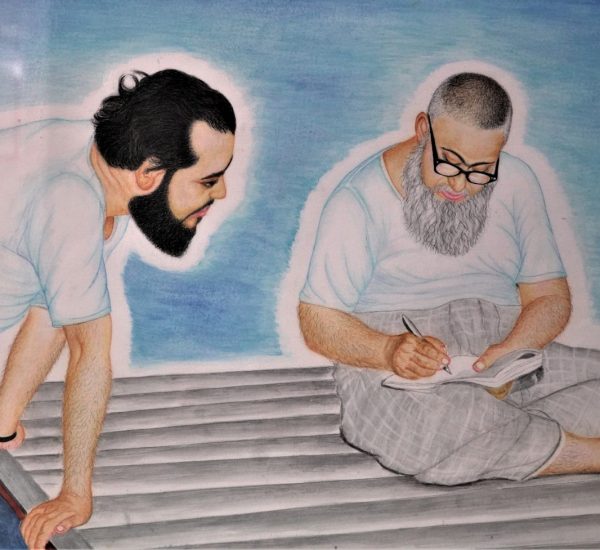
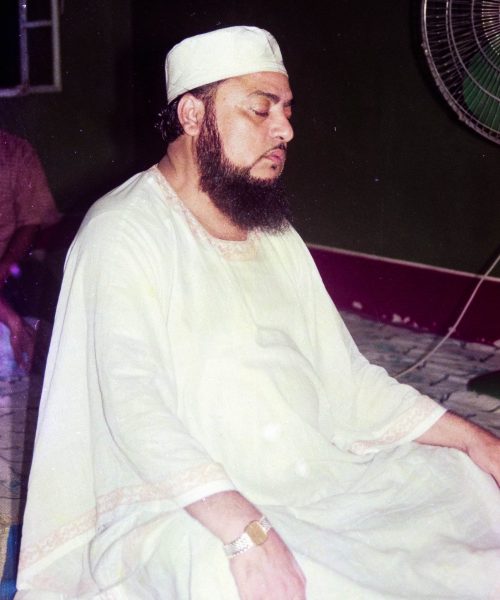
Resigning from Army Job and Settling in Murshid's Darbar
Sufi Emperor Hujur Qiblajan, following his Murshid’s order, resigned from the prestigious post of religious teacher in the Bangladesh Army and came to his Murshid’s Darbar permanently in 1975.
Afterward, Syed Abul Fazal Sultan Ahmad Chandrapuri (Rh.) appointed Sufi Emperor Hazrat Shah Dewanbagi (Rh.) as his Chief Caliph and handed over the responsibilities of preaching Tariqa and managing Darbar Sharif to him. At that time, Sufi Emperor engaged in diligent spiritual practices and reached a higher level of the spiritual dimension. As the Chief Caliph and Chief of Olama Mission, he would visit different districts of Bangladesh to preach Tariqa and address waz mahfil. People in those congregations experienced different miracles and thousands of them took initiation into Tariqa from him, being overwhelmed to hear his holy sermon. Many non-Muslims embraced Islam to come into his contact.
Accomplishing Infrastructural Development at Murshid's Darbar
Sufi Emperor Hujur Qiblajan after taking charge of his Murshid’s Darbar, at first initiated various development activities.
- He established a Madrasa and an Orphanage at Chandrapara, Faridpur in 1980.
- He also established a high school, a hospital, and a post office in Chandrapara in 1982.
- In the same year, to facilitate people’s movement in Chandrapara, he developed roads and streets and arranged electrification for the area.
- For research work and widespread preachment of Tariqa, he established ‘Sultanaia Mojaddedia Research Academy’ in 1983.
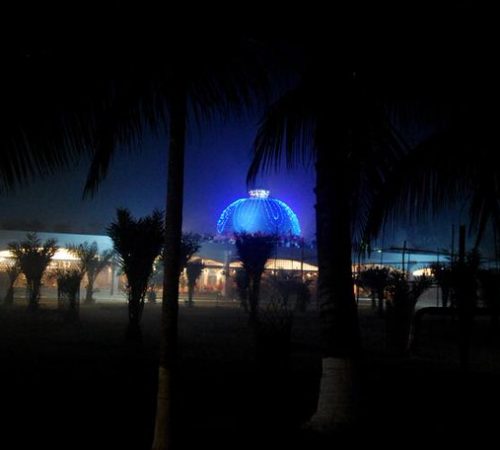
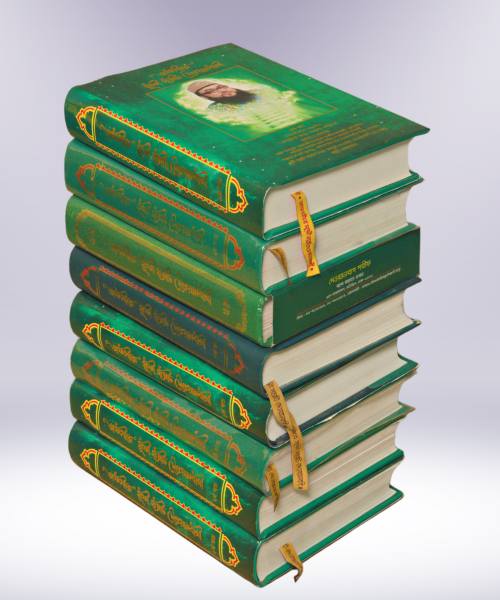
Writing Religious Books
Sufi Emperor Hujur Qiblajan, following the direction of his Murshid Imam Shah Chandrapuri (Rh.), wrote a number of books correcting the misconceptions prevailing in Islam for a long time. They are-
- Eid Moon-Sighting Problem & Solution.
- The solution to Ferka Problem.
- Mother’s Right on Her Child.
- Islamic Laws on Grave & Shrine.
- The Easiest Way to Get Closer to Allah.
- Sultania Khabnama.
- Which is the Way towards Peace?
- Which is the Way towards Salvation?
- What is the Way towards Allah?
- Mohammadi Islam in the Conspiracy of Yazid.
- Biography of Imam Syed Abul Fazal Sultan Ahmad (Rh.)
- The Groundbreaking Religious Reforms by Sufi Emperor.
- Sufi Emperor to Reveal the Reality of the Prophet of the World: Was the Prophet(PBUH) Really Poor?
- Sufi Emperor to Reveal the Reality of Allah: Can’t Allah Really Be Seen?
- Tafsir E Sufi Emperor (8 volumes).
Getting Assigned as Reformer before the Demise of Imam Shah Chandrapuri (Rh.)
Sufi Emperor Hazrat Shah Dewanbagi (Rh.) Hujur Qiblajan got assigned as the Reformer of Religion by Allah on 16th December, 1983. A few months after his receiving the charge of religious Reformer, Imam Shah Chandrapuri (Rh.) passed away on 28th March, 1984. After the demise of his Murshid, Sufi Emperor Hujur Qiblajan stayed in the Chandrapara Darbar Sharif for the next one year. Finally, he came back to Dhaka to preach Mohammadi Islam in a widespread manner.


Settling in Dhaka and Establishing Darbar Sharif
Sufi Emperor Shah Dewanbagi (Rh.) came to Dhaka on March 29, 1985 from Chandrapara Darbar Sharif to preach Mohammadi Islam more extensively. On his arrival, his followers and well-wishers in Dhaka gave him a warm reception. The next day, on March 30, 1985, Sufi Emperor observed Urs Mubarak commemorate the first death anniversary of his Murshid Imam Shah Chandrapuri (Rh.) at the residence of Asheqe Rasul Md. Shafiuddin 98 Arambag, Motijheel, Dhaka. In this way, Sufi Emperor Hujur Qiblajan started his new mission of preaching Mohammadi Islam worldwide. For this, at first, he temporarily established a central office at 154 Arambag, Dhaka.
Formulating Wazifa
Sufi Emperor Hujur Qiblajan formulated a Wazifa (daily activities of a disciple) to implement the spiritual teaching and ideals of the Prophet (PBUH) in society in May 1985. By following the activities of his Wazifa, a man can bear the ideal character of Hazrat Muhammad (PBUH) in him and can communicate with Allah and the Prophet (PBUH) as well.
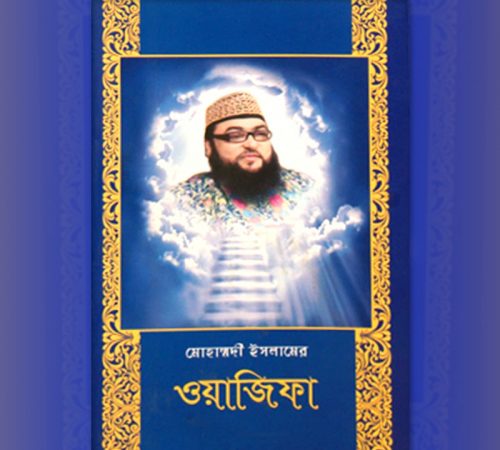

Founding Babe Jannat, Dewanbag Sharif
On the day of holy Ashura, the great Reformer, Reviver of Mohammadi Islam Sufi Emperor Hazrat Shah Dewanbagi (Rh.) Hujur Qiblajan founded Babe Jannat, Dewanbag Sharif in Narayanganj on 10th Muharram, 1407 Hijri, 26 September, 1985, 9 Ashwin, Bengali year 1392, Thursday. As the Darbar Sharif is situated in the village named ‘Dewanbag’, Sufi Emperor is well-known as Dewanbagi Hujur all over the world.
Founding Central Darbar Sharif
Sufi Emperor Shah Dewanbagi (Rh.) Hujur Qiblajan, after abolishing the temporary office at 154 Arambag, founded Babe Rahamat, Dewanbag Sharif at 147 Arambag, Motijheel, Dhaka in 1992 as the central office. From then up until his death, he was living here and preached Mohammadi Islam around the country and beyond.
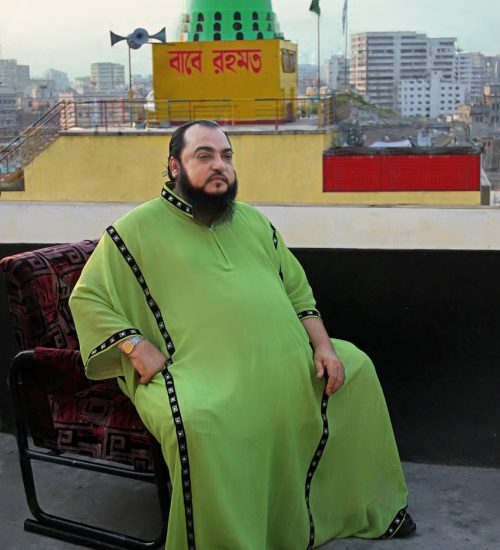
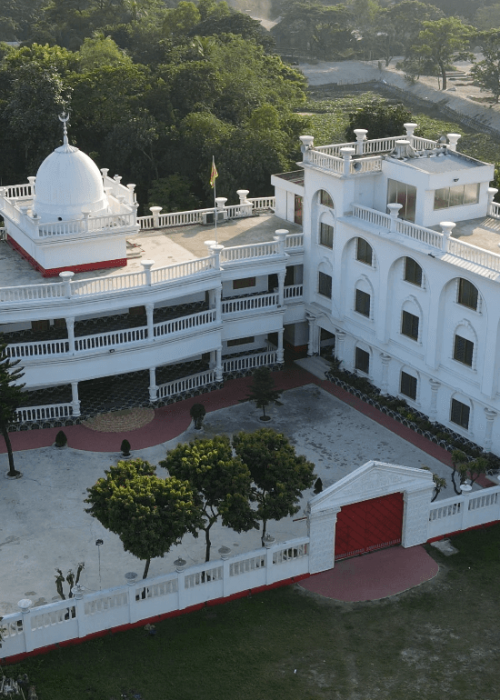
Founding Other Darbar Sharif
In order to facilitate the preaching Mohammadi Islam, Sufi Emperor Hujur Qiblajan founded 11 more Darabar Sharif in different districts of Bangladesh. They are-
- Babe Jannat, Dewanbag Sharif in Narayanganj in 1985.
- Babe Madina, Dewanbag Sharif at Kamalapur, Motijheel, Dhaka in 1987.
- Babe Rahmat, Dewanbag Sharif at 147 Arambag, Motijheel, Dhaka in 1992.
- Babe Najat, Dewanbag Sharif at Satdargah, Pirgacha thana, Rangpur district in1995.
- Babe Barkat, Dewanbag Sharif at Trishal thana, Mymensingh district in 1998.
- Babe Niyamat, Dewanbag Sharif at Aram Para, Chuadanga in 2006.
- Babe Morshed, Dewanbag Sharif at Bahadurpur, Ashuganj thana, Brahmanbaria in 2008.
- Babe Ferdous, Dewanbag Sharif at Maghbazar, Ramna, Dhaka in 2009.
- Babe Magfirat, Dewanbag Sharif at Bhatihari, Chattogram in 2010.
- Babe Jannatul Mawa, Dewanbag Sharif at Chayabithi, Gazipur in 2010.
- Babe Noor, Dewanbag Sharif at Nowdapara, Rajshahi in 2010.
Sufi Emperor also established more than a thousand mosques and Khankah Sharif in different districts of the country and overseas in UAE, Saudi Arabia, India, Japan, Pakistan, Sweden, Bahrain, Qatar, Greece, Australia, South Africa, Malaysia, Italy, Singapore, Cyprus, Denmark, Kuwait, France, South Korea, UK, USA. With a view to preaching the ideals of the Prophet Muhammad (PBUH) worldwide, he has formed World Ashek-e-Rasul Organisation and Ashek-e-Rasul Parishad.
Establishing Islamic & Tasawwuf based Research Center
For Islamic research, Sufi Emperor Hujur Qiblajan established some organizations. They are-
- Sufi Foundation Bangladesh in 1992.
- Al Quran Research Center in 1998.
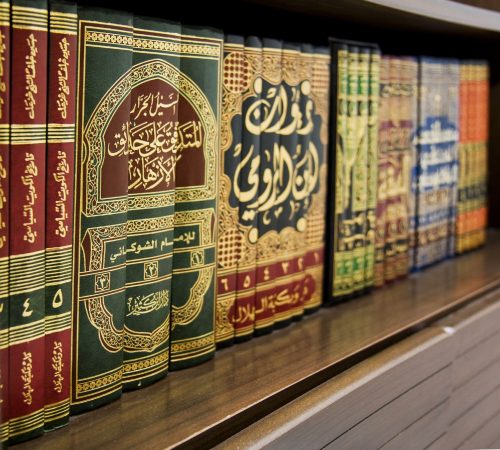
Reunion with the Almighty Allah
This great man passed away to have a reunion with the Great Lord Allah (s.m.) on 28 December 2020,13 Poush 1427 Bangla, 13 Jamadiul Awal 1442 Hijri, Monday at 6:48 a.m leaving behind his family and more than three crores of his devotees and followers. His Namaz-e-Janaza (funereal prayer) was held the next day after Asr waqt (time) in the presence of lakhs of his followers. Before the funereal prayer, he was offered a guard of honour on behalf of the nation for his valiant contribution to the Liberation War of Bangladesh. It is to be noted that just a day before his demise he made a will in the presence of his family members to administer Mohammadi Islam properly. At the beginning of the funereal prayer, his four sons readout that holy will to the lakhs of his followers gathered there. After the end of the funereal prayer, he was buried in the Babe Madina Darbar Sharif constructed by himself situated in South Kamalapur, Dhaka where his wife (Kutubul Aktab, Khatune Jannat) Hazrat Hamida Begum (Rh.) had been buried.
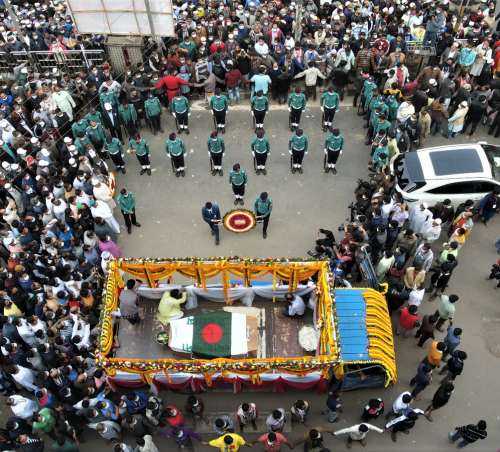
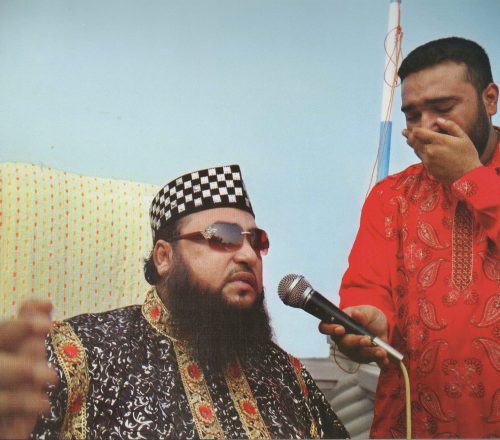
The holy Osyoth (Will) by Sufi Emperor Dewanbagi (Rh.)
The Founder of Dewanbag Sharif, Great Reformer, the Reviver of Mohammadi Islam, Imam of the Era, Successor and Friend of the Prophets and Messengers, Reward given by Allah: Reflection of Dewanbagi in the full moon Sufi Emperor Hazrat Syed Mahabub E Khoda Dewanbagi (Rh.) passed away on 28 December 2020, Monday. For the proper administration of Mohammadi Islam, he made a “Will” with some important guidelines in the presence of his four sons, two daughters, his wife, two daughters-in-law and his attendants on 27 December 2020, Sunday. To know about the holy Osyoth (will) of Sufi Samrat Dewanbagi (Rh.)
To read the full Osyoth please click here.


